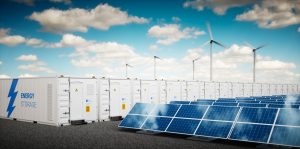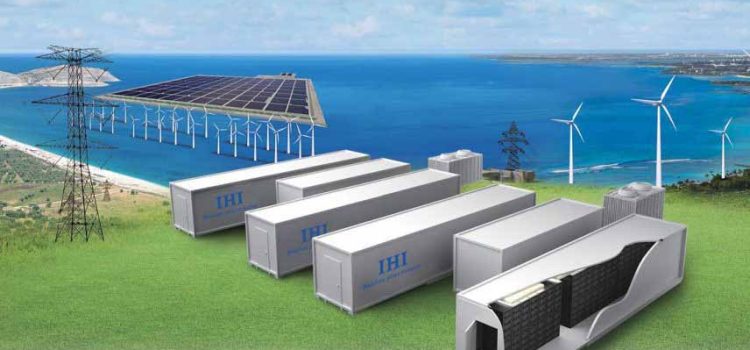
Renewable energy storage solutions are pivotal in achieving sustainable energy goals worldwide. This article explores the innovations, challenges, and potential of energy storage technologies shaping the future of renewable energy.
1. Introduction to Energy Storage Solutions
Energy storage solutions play a critical role in storing renewable energy generated from sources like solar and wind for later use. They help overcome the intermittency and variability of renewable sources, ensuring reliable and stable energy supply.
2. Battery Technologies for Energy Storage

Battery technologies, such as lithium-ion batteries and emerging technologies like solid-state batteries, are prominent in energy storage solutions. These batteries store excess renewable energy efficiently and deliver it when demand peaks, supporting grid stability and resilience.
3. Pumped Hydroelectric Storage Systems
Pumped hydroelectric storage utilizes surplus electricity to pump water to higher elevations, storing it in reservoirs. When electricity demand rises, stored water is released through turbines to generate electricity, providing a reliable and cost-effective energy storage solution.
4. Thermal Energy Storage
Thermal energy storage systems store heat or cold generated from renewable sources like solar thermal or geothermal energy. These systems release stored energy for heating or cooling purposes, enhancing energy efficiency and reducing reliance on fossil fuels.
5. Flywheel Energy Storage
Flywheel energy storage systems store kinetic energy in a rotating mass. They provide rapid-response energy storage solutions by converting electrical energy into rotational kinetic energy, which is then converted back to electricity when needed.
6. Hydrogen Storage and Fuel Cells
Hydrogen storage technologies, coupled with fuel cells, enable the conversion of excess renewable energy into hydrogen gas. This hydrogen can be stored and used later for electricity generation or as a clean fuel for transportation and industrial applications.
7. Grid Integration and Smart Energy Management
Energy storage solutions facilitate grid integration by balancing supply and demand, optimizing renewable energy use, and enhancing grid stability. Smart energy management systems monitor and control energy flows, maximizing the efficiency of storage solutions.
8. Innovations in Energy Storage Technologies
Ongoing innovations include advanced materials for batteries, improved efficiency of storage systems, and cost reductions through economies of scale and technological advancements. These innovations drive the adoption and deployment of energy storage solutions globally.
9. Challenges in Deploying Energy Storage Solutions

Despite advancements, challenges such as high initial costs, regulatory barriers, and limited scalability hinder widespread deployment of energy storage solutions. Overcoming these challenges requires policy support, investment in research, and technological innovation.
10. Future Outlook for Renewable Energy Storage
The future of renewable energy storage is promising with anticipated developments in next-generation technologies, enhanced storage capacities, and integration with smart grids. Energy storage solutions will play a crucial role in achieving renewable energy targets and reducing carbon emissions.










